This post may contain affiliate links. If you use these links to buy something we may earn a commission. Thanks.
Even shaded areas can host a wide variety of appetizing ground covers. With this list, you’ll fill in the empty full-shade and semi-shade spaces of your garden with dense and delicious plants.
The top of this list starts with the most palatable full-shade-loving plants and the second half prefers a semi-shade position.
Most ground covers are known as plants that grow low to the ground and spread to form a carpet. Ground covers also include plants of any height with a tendency to spread their limbs wider than taller, or have extensive root systems that hold the soil together.
You’ll find several types of ground covers in this post as each offers a different kitchen experience.
Disclaimer: Food Forest Living or its authors are not responsible for what you choose to consume. Do your own research before consuming anything described as “edible” or “medicinal.” Before planting any of these options check with your local invasive plant council or regional extension office for guidance on plants that may be invasive in your area.
Mushrooms grown on logs or in woodchips also make a deliciously edible shade ground cover!
See: Grow a Mushroom Garden at Home in 4 Steps
Top 2 Most Palatable Ground Covers for Full Shade
If you’re looking to fill a fully shaded spot with productive fruiting ground covers, look no further than the two choices below.
Shallon (Gaultheria shallon)
Zones 6-9
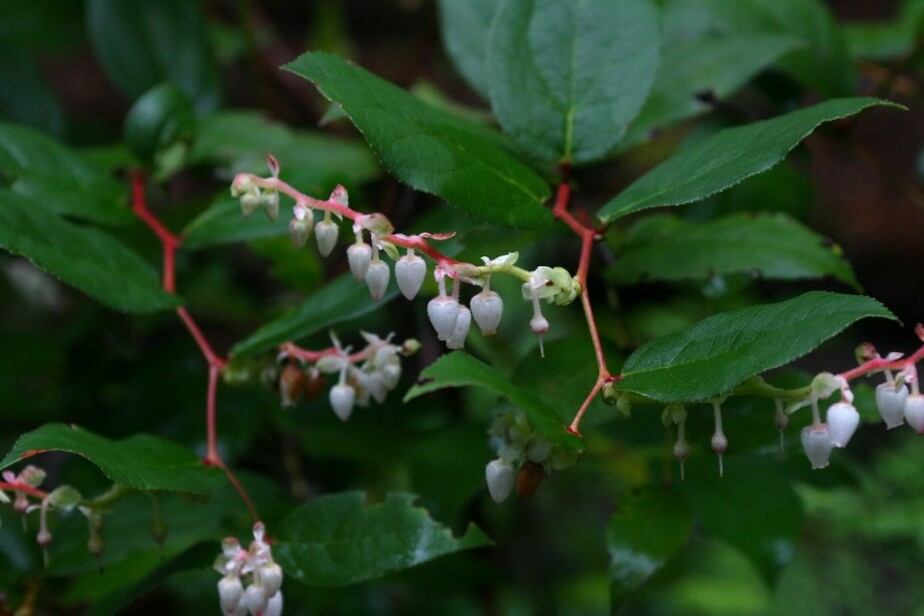
Shallon (or salal) produces sweet and juicy edible fruit and grows well in dappled full shade, part shade, or no shade conditions. An evergreen ground cover shrub that prefers shade or semi-shade in moist, well-drained, and organic-rich soils. Tolerates drought and full sun.
Shallon has a creeping root system often used for erosion control and vigorous spread. A vigorous spread is great for ground coverage and more fruit! With a moderate growth rate, it doesn’t tend to get out of hand too quickly.
Overall, this ground cover is a combination of the most palatable and shade-tolerant of this list!
Chinese Plum Yew (Cephalotaxus fortune)
Zones 6-9
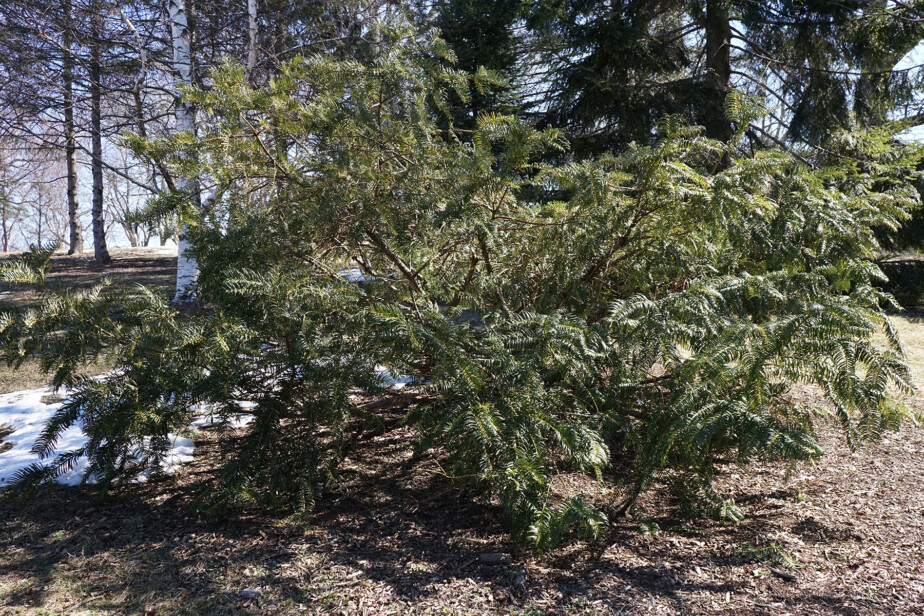
Chinese Plum Yew produces a fruit similar to typical plums and grows well in full dappled shade, part shade, or no shade conditions. This ground cover is an evergreen shrub with limbs that tend to trail the ground. It prefers semi-shaded and protected areas with moist, well-drained, and organic-rich sandy soils. Full shade is tolerated well, full sun is less toleratable and once well-established, drought can also be endured.
It has a creeping root system often used for erosion control and vigorous spread. A vigorous spread is great for ground coverage and more fruit! With a moderate growth rate, it doesn’t tend to get out of hand too quickly. Easily pruned to be an evergreen hedge.
7 Edible Ground Covers for Full Shade
All of these ground covers succeed in full shade or partial shade. While not as significant of a food source as the above plants, they are still deliciously edible in a variety of beneficial ways.
This list includes a wider range of ground cover types including low-growers.
Disclaimer: Food Forest Living or its authors are not responsible for what you choose to consume. Do your own research before consuming as an “edible” or using any herb for medicine.
Pink Purslane (Claytonia sibirica)
Zones 3-7
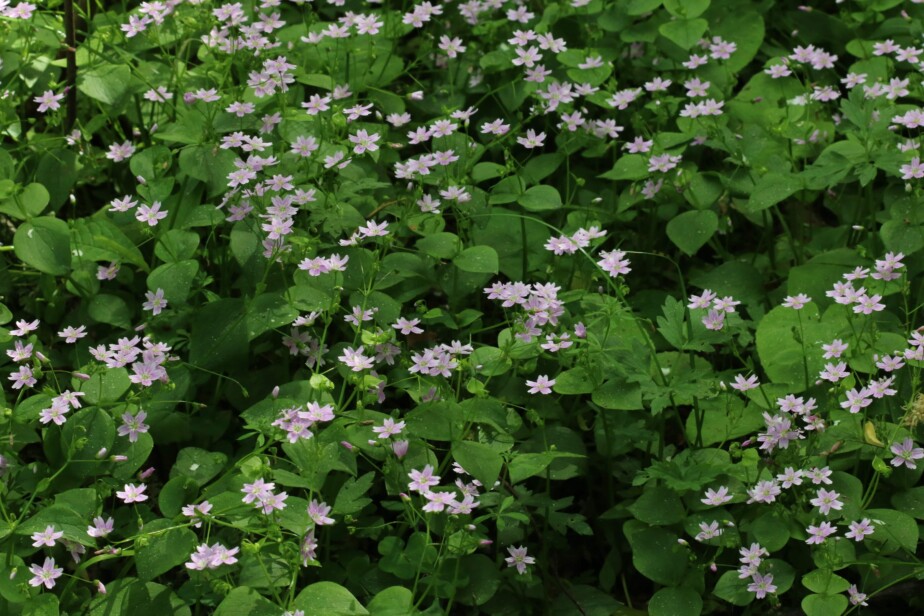
Growing purslane in the shade will keep it tasting better! In general, pink purslane can be bland, taste earthy, or, if grown in the summer sun, bitter. They’re great for bulking up salads or stir-fries with available foliage all season and into winter as it is a cold hardy evergreen.
Grow this ground cover in full shade or part shade for the best taste and preference of the plant. Purslane grows dense enough to suppress weeds and lights up with flowers from April to July. It spreads by roots and self-sowing seeds easily. Forming a dense rug of cute green foliage, a shortage of salad greens won’t be a thing.
Cherry Laurel (Prunus laurocerasus)
Zones 6-8
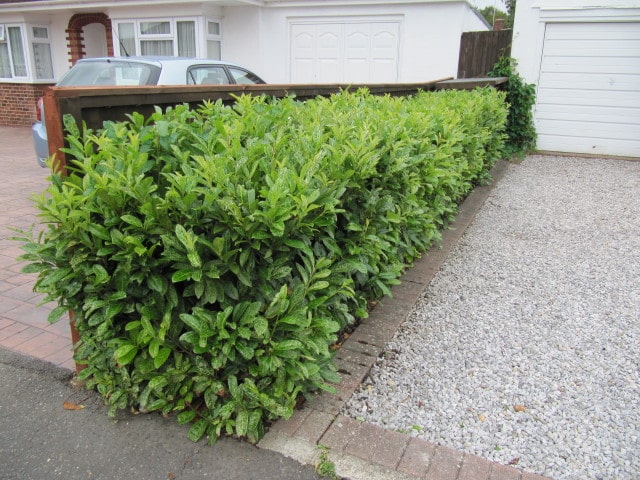
This article was originally published on foodforestliving.com. If it is now published on any other site, it was done without permission from the copyright owner.
Some cultivated varieties of this deep-shade tolerant plant produce large amounts of large cherries. Check the precautions on this before deciding to include it as an edible in your space, much of this plant is said to be poisonous, containing hydrogen cyanide, but non-bitter fruits have been enjoyed safely in large quantities.
Cherry laurel grows well in moist soils including heavy clay. The plant has shallow roots and requires good moisture retention but also good drainage.
Brazilian spinach (Alternanthera sissoo)
Zones 10-12
A non-invasive salad plant that has a fast-growth rate and spreading habit. Excludes weeds and grows well in full or partial shade. Grow and use like any other spinach!
Miner’s lettuce (Claytonia perfoliata)
Zones 6-10
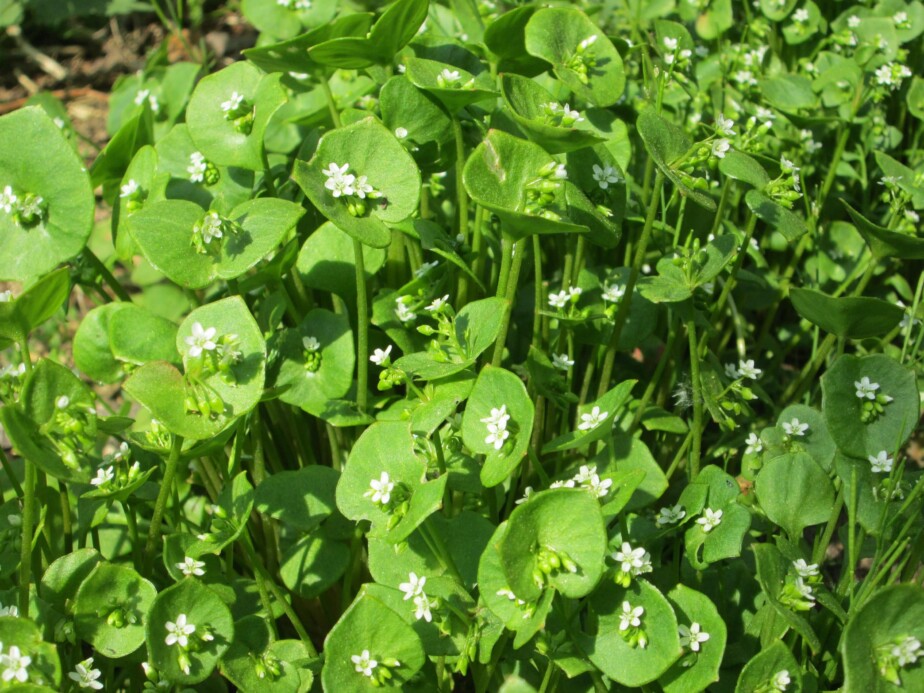
An annual self-sowing salad. This ground cover grows in dapple full shade or part shade. Dry or moist well-drained soil is best for the success of the plant. People grow this to eat the flowers, leaves, and roots.
Creeping Wintergreen (Gaultheria procumbens)
Zones 3-6
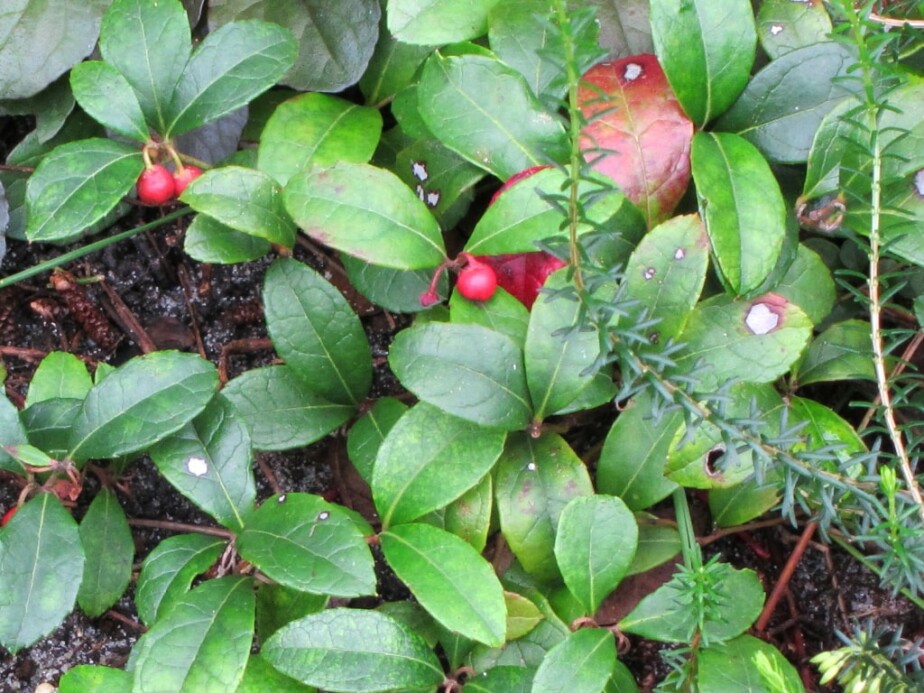
Tea or wintergreen essential oil can be made from creeping wintergreen. This is a low-growing ground cover about 8 inches tall and prefers full shade or part shade. It can become invasive in ideal circumstances but doesn’t ground out anything it can’t shade.
The berries are interesting too, a delicious wintergreen fragrance pops into your mouth only to disappoint with an absent taste.
Chameleon Plant (Houttuynia cordata)
Zones 5-10

A shaded area with too much moisture, wet soil, or even a bit of waterlogging, where nothing seems to grow, will still grow a chameleon plant. Partial shade is required and full shade is fine.
It’s another unique flavor to add to that salad! The taste changes throughout the season for better or for worse so I recommend you taste it a few times before casting unchangeable judgment.
In boggy conditions, this ground cover can become invasive. Fast growth isn’t always a bad thing if you’d like to eat a lot of it.
Arrowroot (Maranta arundinacea)
Zones 10-12
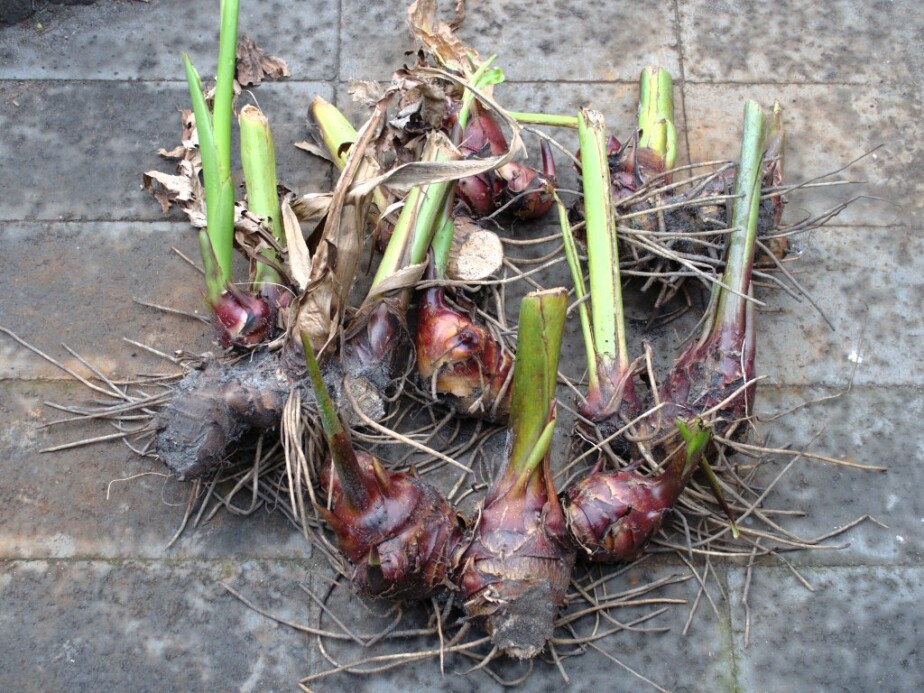
Commonly used as a ground cover in food forests as it grows in dense clumps. The tubers are a quality source of starch which makes for a satiating edible that grows well in full shade. Partial shade and no shade are also acceptable placements.
6 Most Palatable Ground Covers for Part Shade
These edible ground covers won’t thrive or produce in full shade. A partial shade environment will work great!
Your best picks for deliciousness want at least 4 hours (or more) of sunshine in a part shade (or no shade) situation.
Chives (Allium schoenoprasum)
Zones 5-11
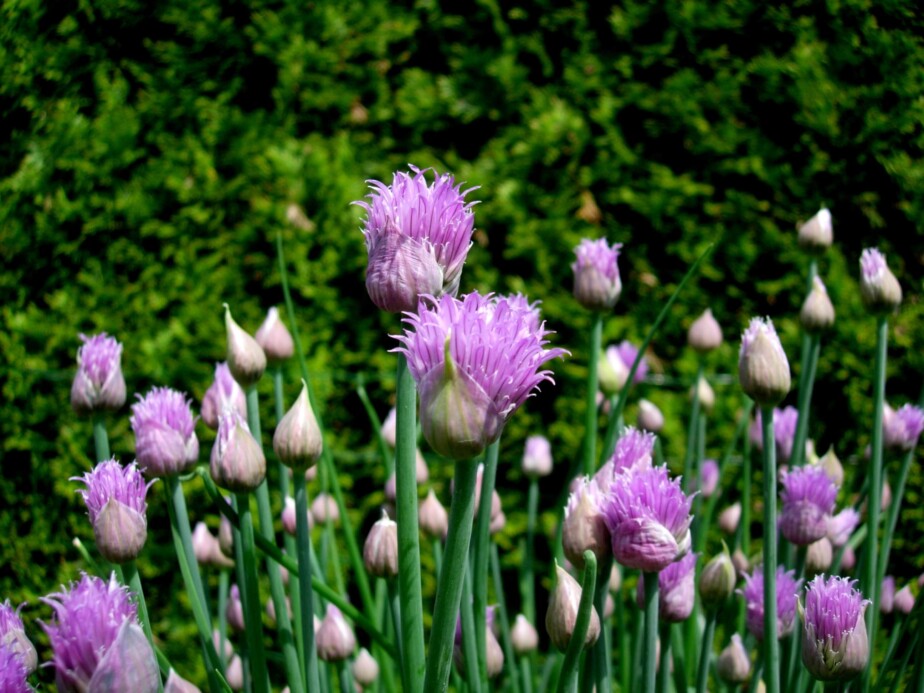
You know what chives are! You can get onion or garlic-flavored chives, but they make a great ground cover for partial shade environments and a tasty addition to any meal—should you happen to be a chive lover.
The flowers are gorgeous and attract plenty of bees and other predatory insects. If you don’t want chives to end up everywhere, consider eating the flowers before they go to seed! This plant will self-sow very easily.
Pineapple (Ananas comosus)
Zones 9-11
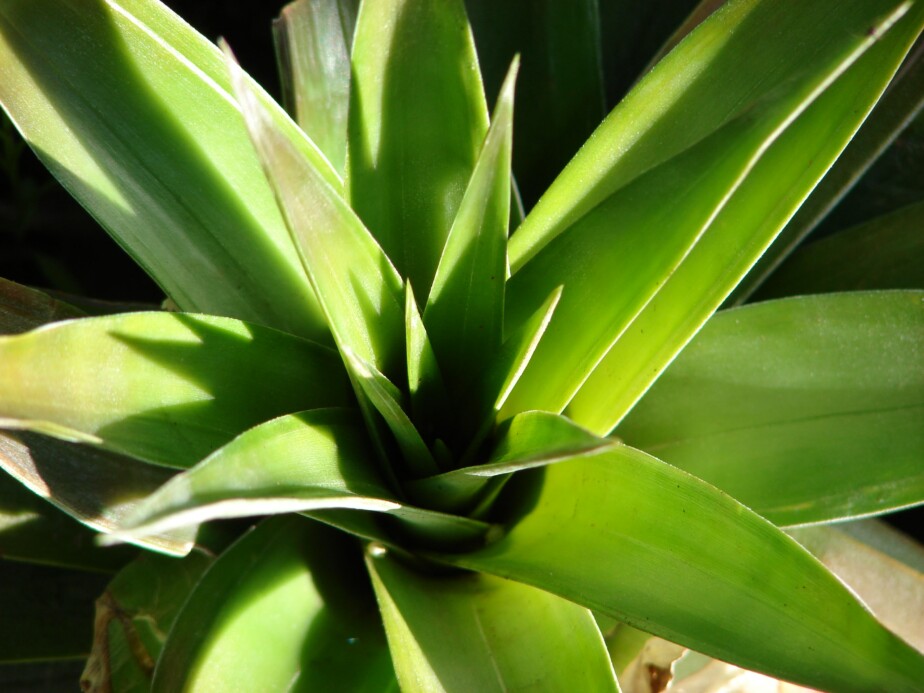
Pineapple is highly delicious and often used as a ground cover in food forests or agroforestry. It grows well in semi-shade and can produce for 50 or so years if kept out of boggy conditions. Moist well-drained soil is a must for this succulent and droughts are tolerated.
Daylily (Hemerocallis fulva)
Zones 3-10
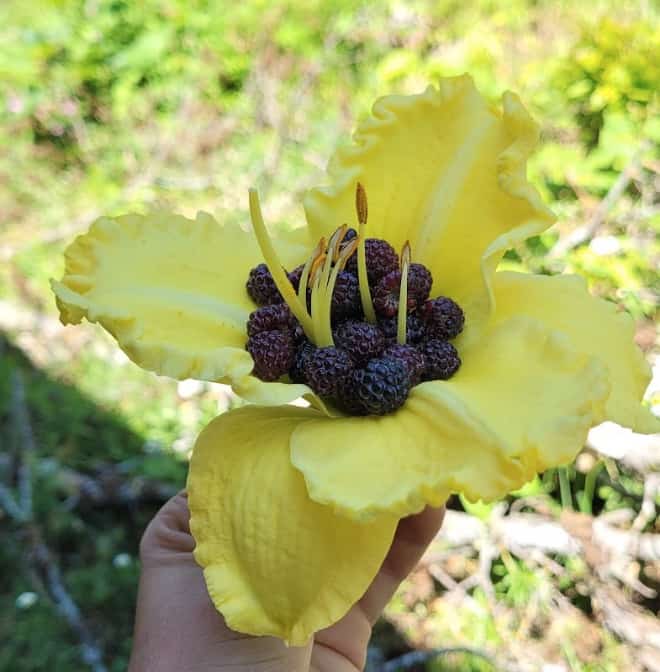
The daylilies with thick, buttery petals are the best! Sweet and large flowers are excellent raw or sauteed. Daylilies happily grow in semi-shade and cover the ground in dense clumps with fountaining foliage. I love how easy they are to grow and how abundantly they flower over a long span of the season.
Nepalese Raspberry (Rubus nepalensis)
Zone 7-10
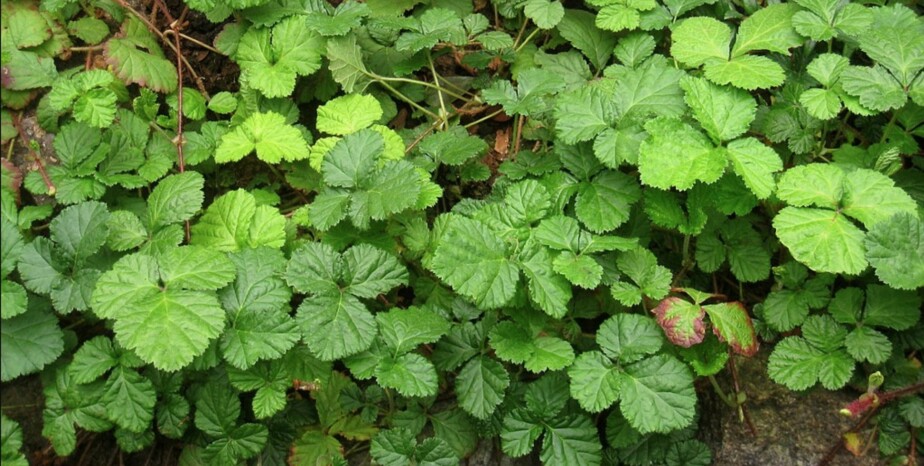
Most raspberries like full sun and require it to produce edible fruits! Apparently, Nepalese raspberry grows well in partial shade and even prefers a bit of coverage.
Sweet Violet (Viola odorata)
Zones 4-8
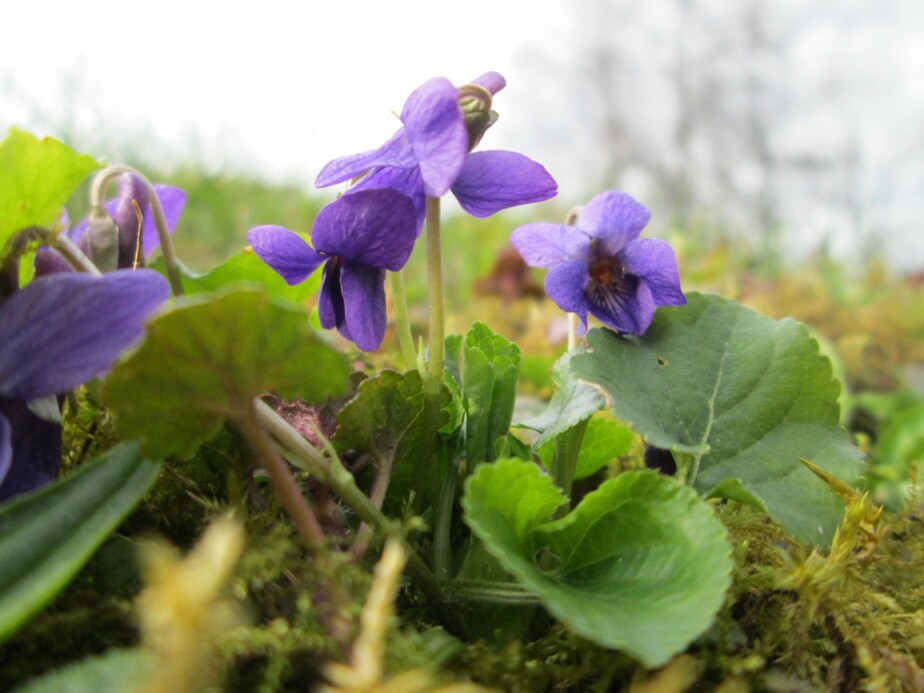
Sweet violets make a very palatable salad. They can grow in dappled full shade and partial shade.
Related: 12 Low-Growing (Low Maintenance) Edible Ground Covers
Sea Kale (Crambe maritime)
zones 4-8
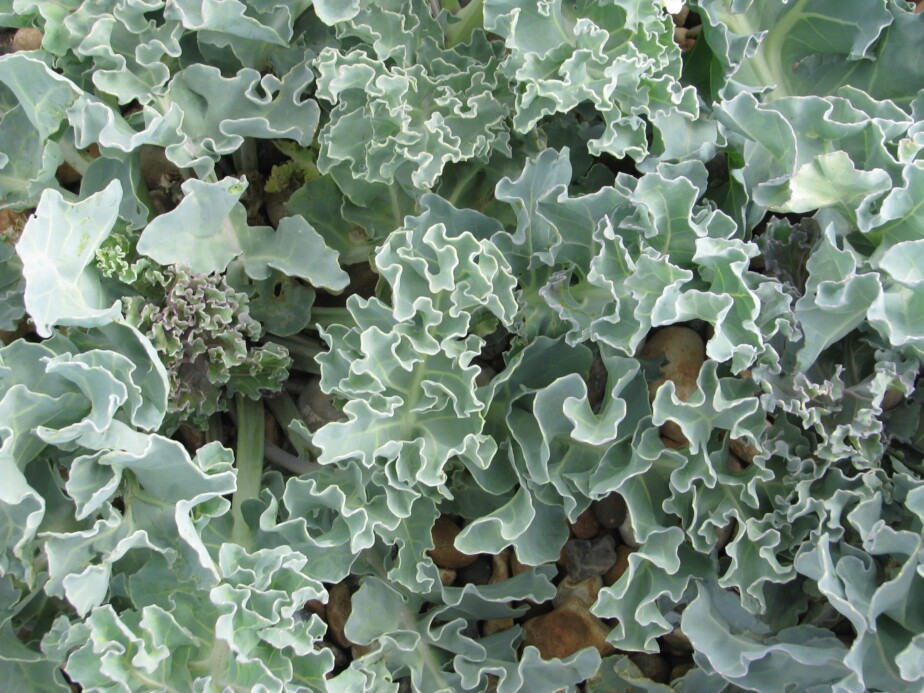
Sea kale can be harvested 2 or 3 times in a season for the leaves, flowers, and shoots. If you’ve planted plenty for harvest, you can also eat the root but the plant in general does not tolerate root disturbance well. So you’ll be saying goodbye to the whole thing if eating the root.
Grow sea kale in part shade with moist soil!
As a ground cover sea kale tends to clump more than it spreads. In our experience, they haven’t been very fast-growing either. If you can seed plenty, do it! it’s a tasty edible ground cover but would take too long if sown too seldom to cover soil adequately, especially if you’d like to eat some! Plus, they take a few seasons to establish before harvesting is a good idea.
Oregano (Origanum vulgare) + (Origanum vulgarehirtum)
Zones 4-10
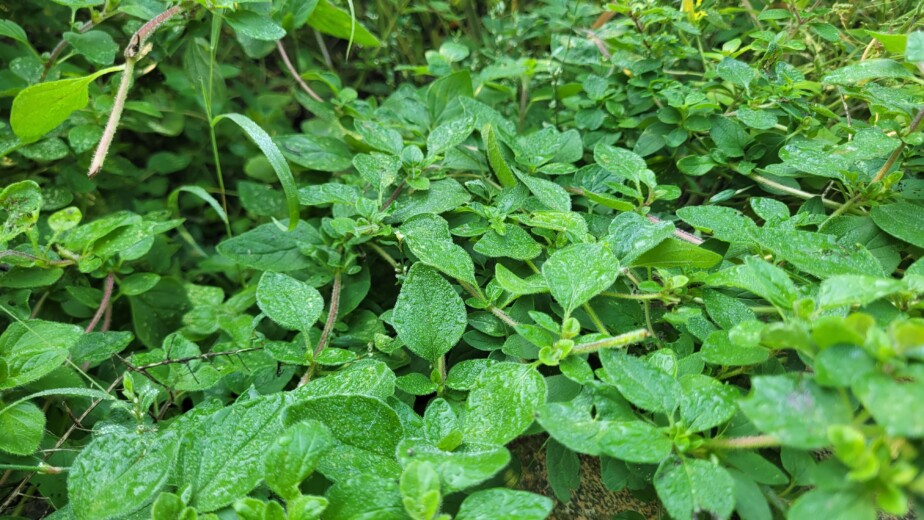
Oregano is excellent for all sorts of cooking. I enjoy this as a ground cover, it’s easy to grow and clumps before it spreads but takes up good pockets of space that need a fill. Oregano is also highly medicinal, and antifungal, and has a whole host of other benefits to be explored.
They grow well in partial shade and even make a great companion in the vegetable garden. Keep it in well-drained soil and it’ll produce plenty of plant for drying, and flowers to attract beneficial bees, butterflies, and more to the garden.
9 Edible Ground Covers for Semi-Shaded Areas
While still good for most shady environments, whole shaded places are not the best pick for these plants. They also have less edible value than the choices above but may still be suitable for the spot in mind.
Trailing Bellflower (Campanula poscharskyana)
Zones 3-7
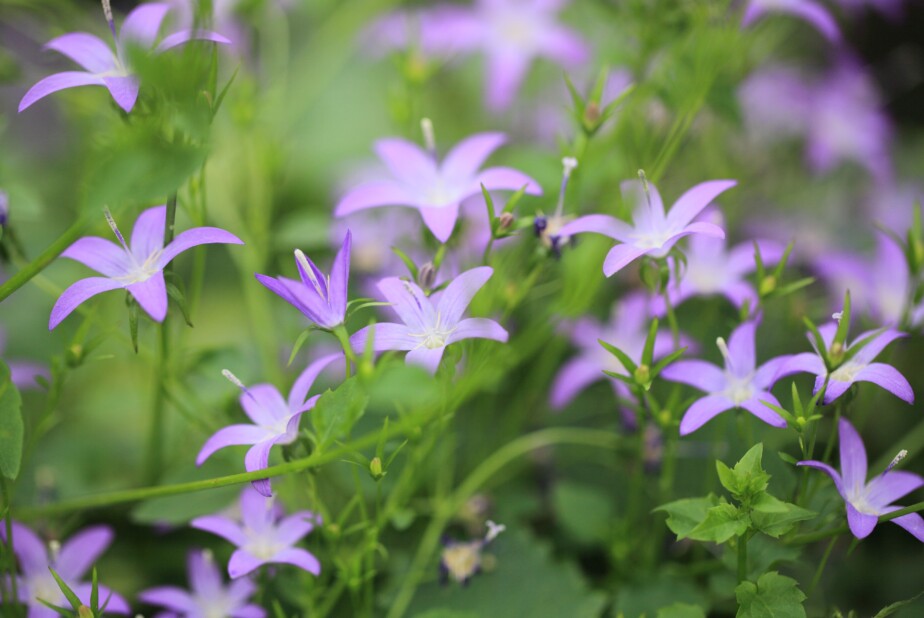
Trailing bell flowers have edible leaves and flowers, but aren’t a very substantial source of food or known medicinal benefit. They do make a beautiful pollinator-promoting ground cover for part shade areas. The best part about them being edible could be that they can get out of hand when growing quickly.
Creeping Dogwood (Cornus canadensis)
Zones 2-7

Otherwise known as bunchberry, creeping dogwood has the cutest flowers and foliage. They produce high-pectin fruit good for cooking and adding to things but less desirable for raw snacking. They grow can grow in full shade but produce and grow better in partial shade. As a ground cover, they become a cluster of green about 1 foot tall.
Creeping Snowberry (Gaultheria hispidula)
Zones 5-9

A quick-growing delicate ground cover with cute foliage and white berries. The berries are edible with a refreshing wintergreen taste. The leaves can be used for making a subtle minty tea. Since this is a fast-growing creeper, collecting a couple of sprigs for tea is very practical. Its flavor is most potent at the peak of the season in summer.
This creeper grows well in moist or wet soil in semi-shaded areas, full shade is tolerated.
Alpine wintergreen (Gaultheria humifusa) prefers a little more shade than the others and grows in zones 6-9. They share a very similar edible profile as creeping snowberry. I wouldn’t say this is a better option for ground coverage compared to creeping snowberry.
Related: 19 Tasty Fruiting (Low-Growing) Ground Covers
Garlic Cress (Peltaria alliacea)
Zones 5-9
The leaves and flowers of garlic cress are available for use well into winter and have a flavor of garlic. A nice spice addition to salads or very lightly steamed. Often used as a ground cover in food forests and as a scent confuser in functional polycultures. A very easy plant to grow but doesn’t spread quickly or seek more ground to cover.
Small Cranberry (Vaccinium oxycoccos)
Zones 4-7

Small cranberry is a fast-growing ground cover that reaches about 4 inches in height. Semi-shaded areas are suitable for growth.
More sun, however, means more fruit. These cranberries are high in pectin which makes good jam and is also excellent for raw eating.
Kamchatka Bilberry (Vaccinium praestans)
Zones 4-8

Attractive foliage for a ground cover and fruit flavored like strawberries. This ground cover grows at a slower rate and does well in semi-shade but produces more fruit in sunnier settings, even brightly lit areas. Bilberry grows up to 8 inches in height and spreads about 1 foot across.
Up next: 18 Ground Cover Herbs for Full Shade & Part Shade
Recent Posts
There’s no shortage of full-sun ground covers for zone 4 climates! Each plant in this list can withstand the frigid temperatures and also enjoy the hot sun in summer. Full sun means that a plant...
There's no shortage of full sun ground covers, not even in zone 3! Zone 3 climates offer hot but short-lived summers and very cold winters. So each plant in this list can withstand the frigid...
